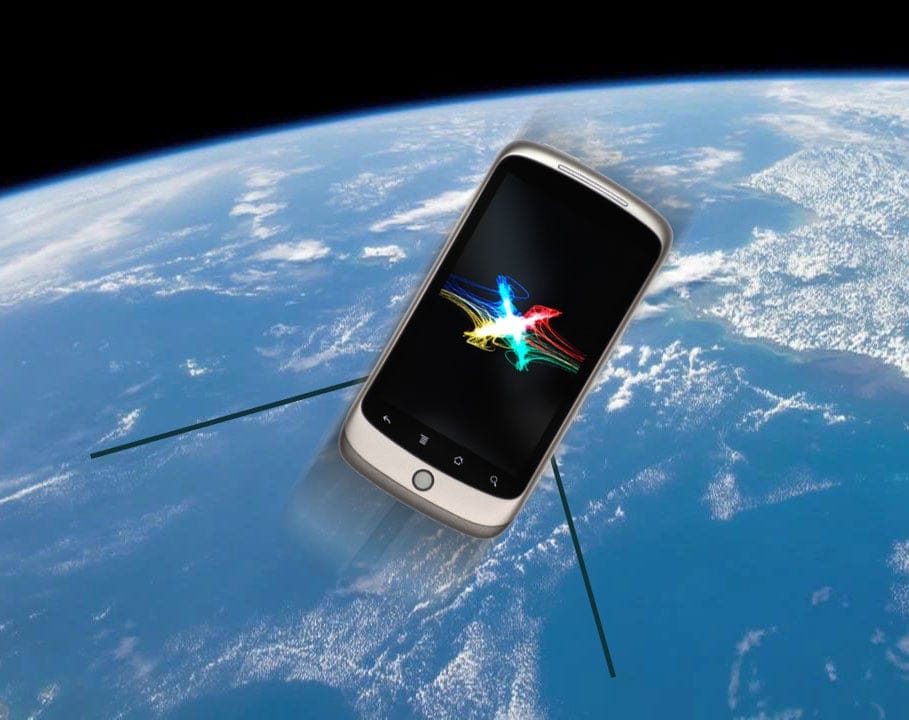Launched in early 2010, the HTC-built Google Nexus One was the first Nexus device ever. Not many folks today might be aware that the Nexus One had made a trip to the edge of space, while being attached to a rocket, and also recording the entire trip through its camera!
Well, looks like our original Nexus phone enjoyed its trip to space so much, that it is poised to make another trip to space next year, as part of the PhoneSat program. The PhoneSat program is dedicated to research on building of small, low-cost, easy-to-build nano-satellites.
And not surprisingly, given the fact that modern-day smartphones include all the aspects required for a satellite to work like GPS, flexible and versatile operating systems, gyroscopes, accelerometer etc. And all of this is already embedded into the device without the need for any additional or external attachments. If a 2 year old device like the Nexus One can be capable of functioning as a nano-satellite, imagine what the quad-core beasts that are poised for release in a few weeks would be capable of.
NASA must be thankful, and delighted at the Nexus One’s return, and looking forward to it’s successful trip to Space, to match the success Android has met with in this Galaxy (pun intended) after the Nexus One brought Android to the forefront of the smartphone space in the US.
Though HTC announced its decision to pull out of the US Tablet market, it sure seems to be making great inroads with the premier space & technology research institution in the world. Maybe, include some awesome new tech in future gadgets it comes out with.













Discussion